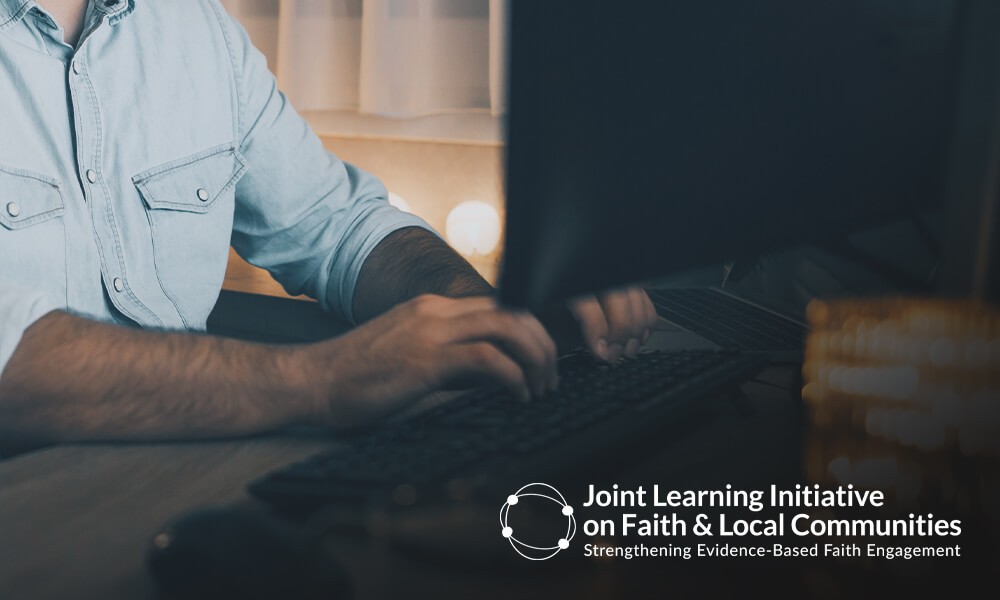Network Paper Number 84 May 2021
Discussions in the run-up to, during and subsequent to the 2016 World Humanitarian Summit (WHS) recognised that the humanitarian system as we know it is not suited to meet the tasks and challenges at hand, much less the challenges of the future. The associated Grand Bargain produced 10 thematic work streams and 51 commitments to address some of the acknowledged shortcomings of the existing humanitarian system. These include commitments on transparency, localisation, cash, participation and the so-called ‘nexus’ between development, humanitarian action and peacebuilding.
Specific work streams, and a large body of associated research, conferences and other initiatives, have sought to identify how best to deliver on these commitments. Still, most observers and stakeholders agree that actual progress and change on localisation and participation has been modest.
This Network Paper introduces and explains existing knowledge and experience with an emerging way of working in humanitarian programming. For now, we call this approach ‘survivor- and community-led crisis response’ or ‘sclr’, as it seeks to enable external aid actors to connect with, support and strengthen crisis responses identified, designed, implemented and monitored by existing or new self-help groups among crisis-affected populations. The paper defines what is meant by survivor and community-led responses and places it in the growing vocabulary around ʻlocalisationʼ.
Sclr long predates the WHS and the Grand Bargain. But, as it happens, this approach may help humanitarian actors deliver on their Grand Bargain commitments in practice. Sclr is not intended as a substitute for existing ways of working, nor is it a ready-made solution that can be rolled out automatically in just any context. Rather, it is intended to complement existing externally led aid interventions. Importantly, sclr as a way of working has to be customised to each specific context, and will, due to its nature, continue to evolve and adapt as experience is gathered and contexts change.
View the resource on the Humanitarian Practice Network webpage

